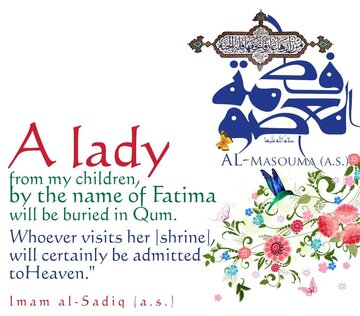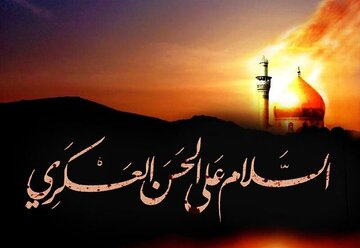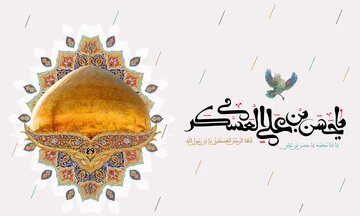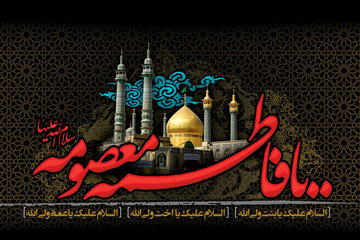AhlulBayt News Agency: On June 21, 1925 (8th of Shawwal, 1344 AH), an event occurred in the heart of Medina that would scar the collective memory of millions of Muslims across the globe. The demolition of the sacred tombs of four revered Shia Imams in the Jannat al-Baqi cemetery by the Wahhabi regime, under the newly established Saudi rule, was not merely an act of destruction—it was an attempt to erase a significant layer of Islamic historical and spiritual heritage.
As we mark the anniversary of that somber day, we are reminded of a deeper question: What happens when a community is severed from its spiritual and historical roots? The answer lies not just in the past, but in the ongoing silence surrounding Baqi—a silence that demands to be broken.
More Than Stones and Dust
Jannat al-Baqi is not just a cemetery. It is a sacred space housing the graves of key figures from the formative years of Islam. Among them are four Imams venerated in Shia Islam—Imam Hasan al-Mujtaba, Imam Ali Zayn al-Abidin, Imam Muhammad al-Baqir, and Imam Ja'far al-Sadiq (peace be upon them all)—as well as numerous companions of the Prophet, scholars, and martyrs of early Islam.
To demolish such a site is not simply an architectural loss—it is a rupture of the historical continuity that binds generations of believers to their spiritual and moral role models. The Wahhabi justification, centered on preventing "shirk" (idolatry), fails to consider that reverence is not worship, and that the Islamic tradition has long preserved the graves of its righteous as a means of spiritual reflection, not superstition.
The destruction of Baqi was not an isolated act of religious reform. It was part of a broader ideological agenda that sought to purify Islam by force, erasing centuries of rich theological diversity and sacred memory. In doing so, it reduced the complex spiritual heritage of the Islamic world to a monochrome doctrine of fear and erasure.
A Demand Beyond Sectarianism
Contrary to what some may think, the demand to reconstruct the graves in Baqi is not a Shia-only issue. It is a matter of civilizational dignity, cultural preservation, and spiritual justice. Just as the world condemned the destruction of the Buddhas of Bamiyan by the Taliban, or the ancient temples of Palmyra by Daesh, the demolition of Baqi should be recognized as a historical crime against the shared memory of humanity.
In recent years, global sensitivity to cultural heritage has grown immensely. Organizations like UNESCO and various interfaith and intercultural platforms have repeatedly emphasized the importance of protecting religious and historical sites—not just for one group, but for the broader cause of human identity and memory.
Therefore, the reconstruction of Baqi is not merely a religious request. It is a call to restore a part of our shared Islamic history. A call to resist the erasure of sacred memory. A call to reclaim the narratives that were buried under ideological extremism.
Bringing Baqi Back to Global Consciousness
What remains most painful is not the absence of domes or stones—but the absence of attention. The tragedy of Baqi is largely invisible in global discourse, overshadowed by more immediate geopolitical crises. Yet this silence is dangerous. When heritage is forgotten, it becomes easier to justify its destruction again.
That is why scholars, thinkers, and believers across the Muslim world must unite to bring Baqi back into public conversation. Through academic conferences, documentaries, art, digital storytelling, and diplomatic advocacy, the issue of Baqi can—and must—be reframed as part of a broader struggle for cultural justice and historical truth.
We live in an age where memory is contested terrain. Whoever controls the past, shapes the future. Letting Baqi remain in ruins is not just a historical oversight; it is a tacit approval of a worldview that thrives on erasure and uniformity.
Conclusion: Baqi Lives in Our Memory
Baqi is not just a burial ground. It is a symbol of resistance against historical amnesia. Its reconstruction will not only honor the personalities buried there—it will represent a turning point in how the Muslim world confronts its fragmented history, and how it preserves the diversity and sanctity of its traditions.
As long as hearts beat with love for the Prophet and his family, Baqi will not be forgotten. And as long as there is memory, there is hope.
Mohammad Haeri Shirazi
Researcher in Quranic Sciences and Hadith Studies, and Professor of Seminary and University
......................
End/ 257






Your Comment